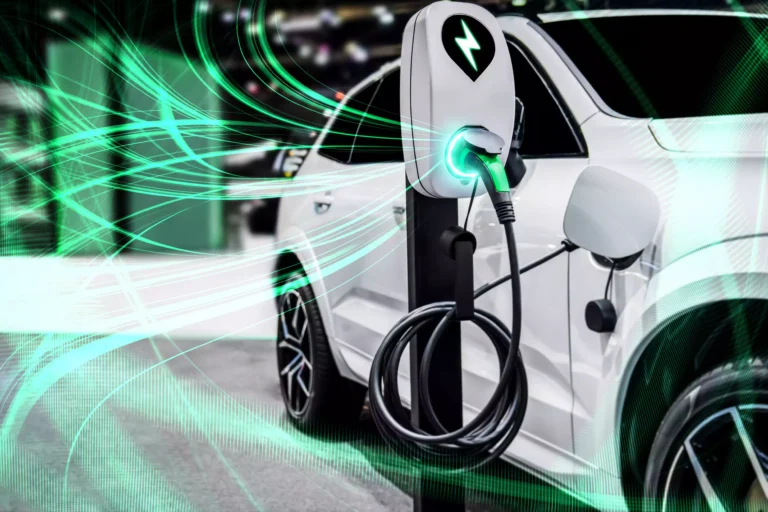As the quest for sustainability and green technology gains momentum, it’s important to shed light on all aspects of the energy solutions we turn to. One such solution, lithium batteries, has seen a significant surge in popularity due to their high-energy density and longevity. While their benefits are undeniable, it’s equally important to understand the environmental impact they have from production to disposal.
Lithium batteries, especially lithium-ion variants, are an integral part of our everyday life, powering everything from smartphones to electric vehicles (EVs). They are composed of several components, the key ones being a cathode, an anode, an electrolyte, and a separator. The lithium ions move from the anode to the cathode during discharge (providing power) and vice versa during charging.
The production process of lithium batteries involves mining lithium, usually from spodumene ore or from salt flats that contain lithium. This mining process can have several environmental implications. The extraction requires significant amounts of water, which can result in water scarcity in mining regions. Additionally, the process can lead to soil degradation and air pollution due to the release of chemicals.
When in use, lithium batteries help reduce greenhouse gas emissions by enabling the operation of EVs and renewable energy systems. However, at the end of their lifecycle, if not disposed of properly, they can pose environmental hazards. Batteries can leach toxic chemicals into the environment, contributing to soil and water pollution.
So, what are the mitigation strategies? A significant focus is on developing more sustainable mining practices, reducing water usage, and limiting chemical pollution. Efforts are also being made to develop batteries with less harmful materials. Perhaps most importantly, there is a push towards better recycling programs for lithium batteries. Currently, only a small percentage of lithium batteries are recycled, but improving this can significantly reduce the environmental impact.
In conclusion, while lithium batteries hold great promise for a sustainable future, understanding their environmental impact is crucial. This understanding drives the ongoing efforts to make their production, use, and disposal processes as eco-friendly as possible. As consumers, staying informed allows us to make responsible choices in our journey towards a sustainable future.




